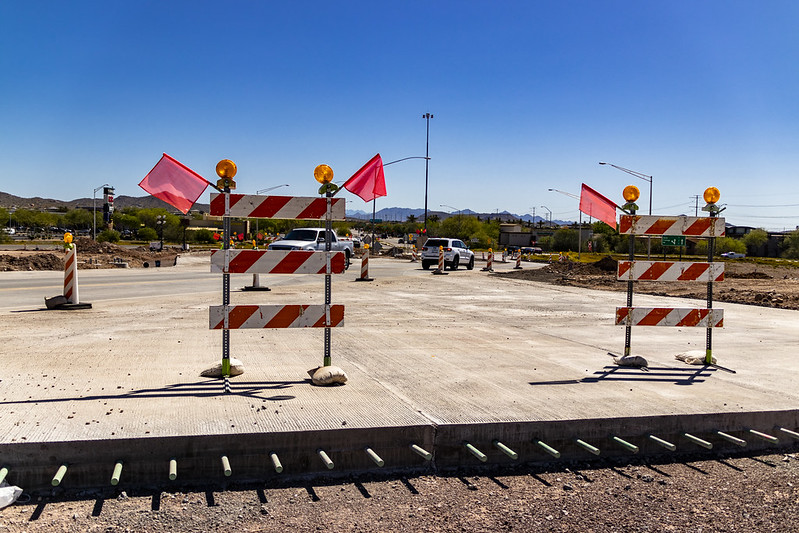ADOT Answers: Why don't I see construction?
ADOT Answers: Why don't I see construction?

Driving through construction zones may not be the most enjoyable experience, but at least there's the promise of an improvement to come.
So we understand if it's might be a little confusing if you don't see anyone while driving through a work zone. We're often asked on ADOT's social media accounts why drivers don't see work happening when lanes are closed in a particular work zone.
About 90 percent of the time, when drivers don't see work happening, it's because crews are doing the lion's share of the construction when traffic is lighter, according to Jesse Gutierrez, ADOT's deputy state engineer for operations. Many times the work itself is being done at night, when additional lanes may close and crews and equipment will be in the construction zone.
"Typically we are coming back within hours to do work," Gutierrez said.
As we told you about in a blog last year, ADOT schedules what work it can at night. However, there are several factors, such as noise or the type of work being done, that won't let construction occur at night. When work is scheduled for daylight hours, contractors will often work in shifts that avoid high-traffic times of days simply because it's safer when less people are on the road.
Gutierrez said that another reason is that construction work might have only a certain window of time when it can be done. In cases where work will temporarily impact a utility, such a power line, water main or even a canal, construction has to be scheduled when it will affect the fewest people.
There few other reasons, like construction halting several days before and after a major holiday, but they are less common, Gutierrez said.
But if construction is happening at other times, then why are there still cones and barricades up when you are driving home? The answer comes down to safety. ADOT follows certain standards to protect the driving public while construction is happening. Part of that is physically separating traffic from any potentional hazards in the work zone. And if a lane needs to be closed, a long taper is needed to help traffic move over long before it reaches where the work is happening.
The goal is always to compete projects as quickly and safely as possible, even if there is no one around to see it.

